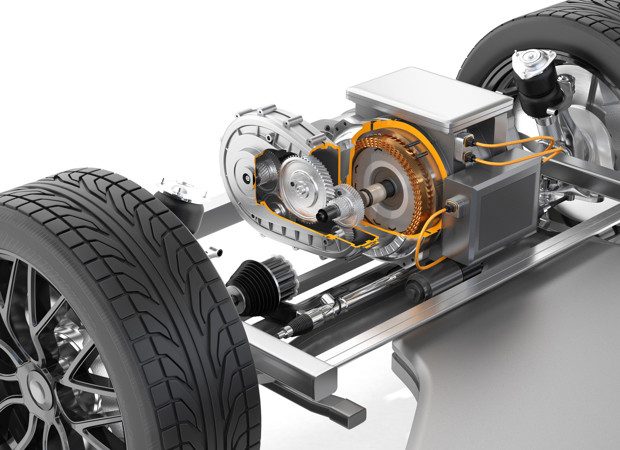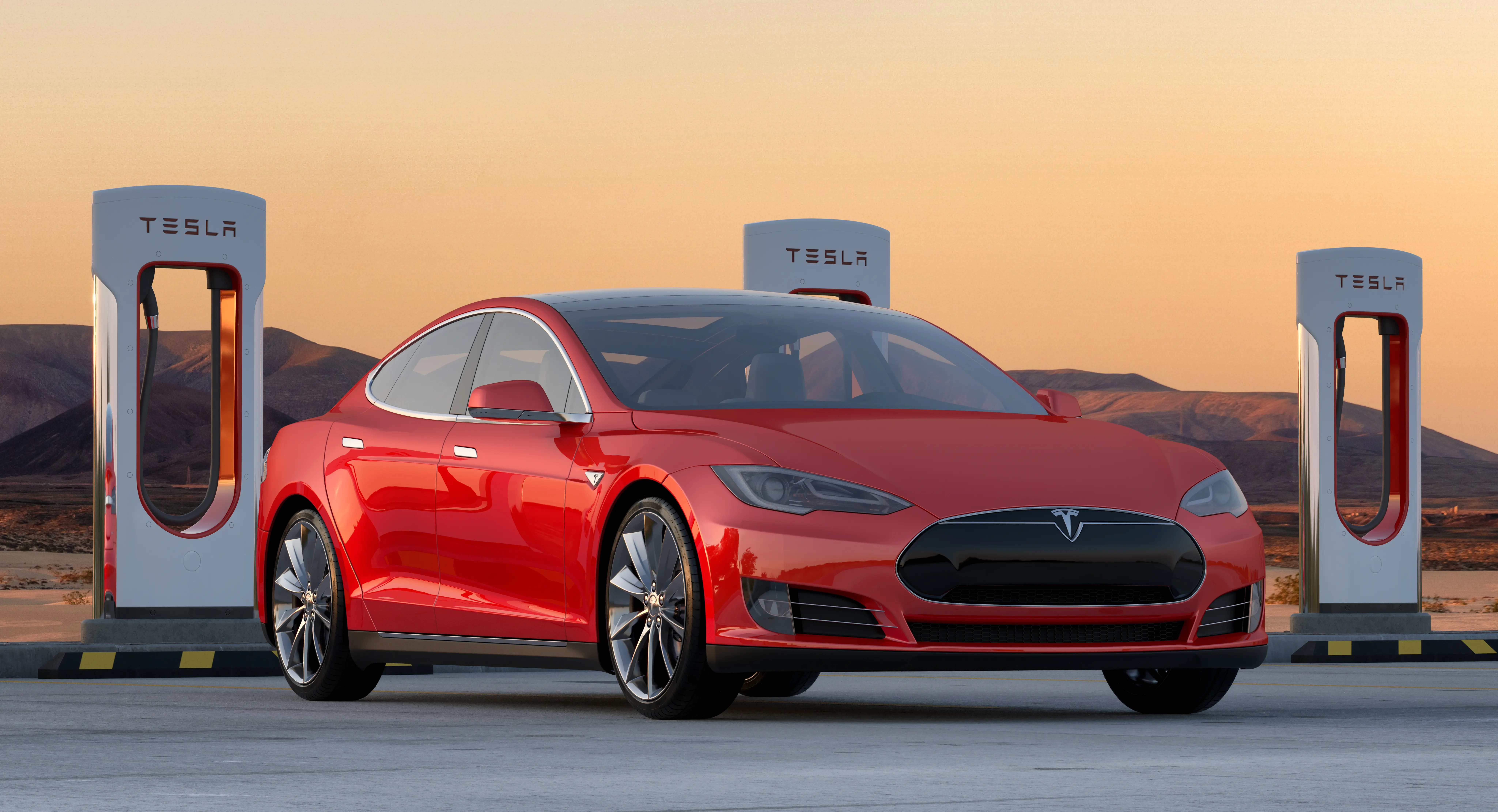How the Tesla Model S Brake System Works
The brake system of the Tesla Model S is essential for safe and efficient driving. Understanding its mechanics can aid in maintaining its peak performance.
The braking system comprises key components: brake calipers, brake pads, rotors, and brake fluid. Brake calipers apply pressure to the brake pads, which then contact the rotors to create friction, slowing or stopping the vehicle. This pressure must be evenly distributed for effective braking.
Brake pads, designed to withstand high temperatures, make direct contact with the rotors. Regular inspection and timely replacement of brake pads are crucial for maintaining optimal braking performance. The rotors, or brake discs, convert the kinetic energy of the moving vehicle into thermal energy through friction, thereby decelerating the car.
Brake fluid acts as a hydraulic medium, transmitting the force from the brake pedal to the calipers. It also prevents corrosion and maintains the health of the brake system. Regular maintenance, including fluid level checks and timely replacements, ensures optimal performance.
Benefits of the Tesla Model S Brake System
The Tesla Model S brake system offers enhanced safety, efficiency, and a smooth driving experience. Its state-of-the-art braking technologies provide exceptional control and responsiveness, ensuring optimal safety for both the driver and passengers.
One standout feature is the regenerative braking system, which converts kinetic energy into electrical energy during braking, storing it in the vehicle's battery. This extends the driving range and reduces wear and tear on traditional braking components, lowering maintenance costs over time.
The seamless transition between regenerative and traditional friction braking delivers a smooth and responsive braking experience, ensuring comfort and control whether making a sudden stop or navigating through traffic.
Maintaining the Tesla Model S Brake System
Regular inspection and maintenance of brake components are vital for the longevity and performance of your Tesla Model S brake system. Brake pads, rotors, and calipers experience wear over time due to the friction involved in braking. Identifying and addressing signs of wear promptly is crucial.
Indicators of brake wear include squealing or grinding noises, reduced braking performance, or a spongy brake pedal. Timely replacement of worn brake pads is essential for safe stopping.
Maintaining proper brake fluid levels is also important. Brake fluid can become contaminated with moisture over time, affecting its performance. It is recommended to replace the brake fluid every two years or as specified in your vehicle's maintenance schedule.
By regularly inspecting and maintaining your Tesla Model S brake system, you ensure it operates effectively and keeps you safe on the road. Our NexDrive technicians are trained and certified in inspecting, maintaining, and replacing the brakes in your Tesla Model S.
Understanding Regenerative Braking in the Tesla Model S
Regenerative braking is a standout feature that distinguishes the Tesla Model S from traditional gasoline-powered vehicles. This system recovers and reuses energy typically lost during conventional braking, enhancing overall efficiency.
When you apply the brakes, the electric motor switches to generator mode, converting the vehicle's kinetic energy into electrical energy stored in the battery. This process extends the driving range and reduces reliance on the charging system.
The Tesla Model S dashboard includes a power meter, or regen bar, which visually represents the energy recovered through regenerative braking. Adjusting your braking technique to maximize energy recapture improves efficiency.

Parking Brake Functionality in the Tesla Model S
The parking brake in the Tesla Model S ensures the safety and security of your vehicle when parked. Activating the parking brake is simple: press the dedicated button on the center console to engage the electronic parking brake system. To deactivate, press the button again or step on the accelerator pedal to release it automatically.
The Model S uses an advanced electronic parking brake system, providing precise control and consistent performance. Always engage the parking brake when parking on an incline or decline to prevent rolling. Be cautious when releasing the brake on slippery surfaces to avoid unexpected vehicle movement.
Understanding and properly using the parking brake enhances safety and protects your investment. Refer to your local NexDrive service centre for expert advice on your Tesla Model S brakes.
Find a NexDrive Facility








